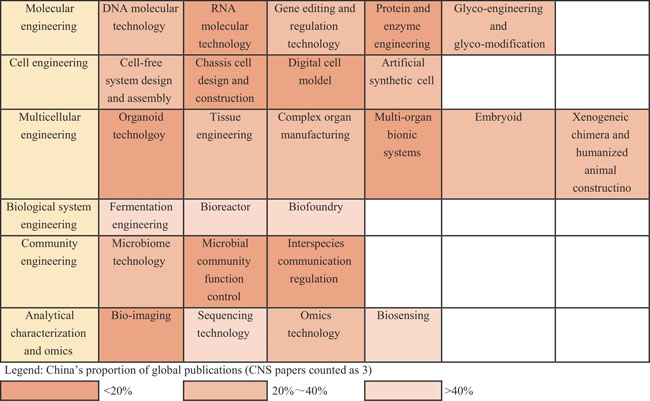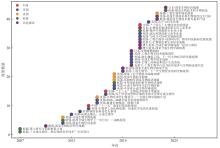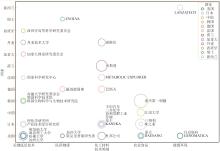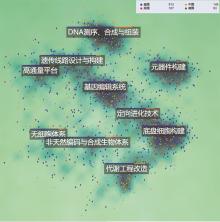|
||
|
A comparative analysis of global research and development competition in synthetic biology
Synthetic Biology Journal
2025, 6 (4):
940-955.
DOI: 10.12211/2096-8280.2024-087
Synthetic biology is an advanced interdisciplinary field that merges biology, engineering, and technology, emerging as a strategic focus for major economies globally. This study offers a detailed comparative assessment of synthetic biology research and development in the United States, Europe, and China. Through systematic analysis of policy infrastructure, research achievements, technological advancements, and industrial applications, we have identified distinct competitive patterns across these regions. Our findings show that the United States maintains a clear leadership position, particularly in fundamental research, with significant technological capabilities and intellectual property assets. Europe has built an effective regional innovation ecosystem, achieving notable success in research commercialization through integrated collaboration among academic, research, and industrial sectors. While China has made substantial recent investments in synthetic biology, there remain opportunities to enhance high-impact research output, valuable patent development, and technology transfer efficiency compared to Western nations. Notably, China has achieved a leading position in specific areas (cell-free synthetic biology) and major applications (such as CO2-to-starch synthesis and cellulose-to-starch conversion). Based on the above analysis, this paper recommends promoting the high-quality development of China’s synthetic biology industry through five key approaches: improving top-level policy design, strengthening enterprises’ role as primary innovators, achieving breakthroughs in core technologies, optimizing intellectual property strategy, and enhancing the industrial ecosystem. These recommendations aim to promote the sustainable development of China’s synthetic biology sector. This study provides valuable strategic guidance for decision-makers, researchers, and industry stakeholders, aiding them in navigating the global competitive landscape and making informed decisions regarding the development of synthetic biology. {L-End}
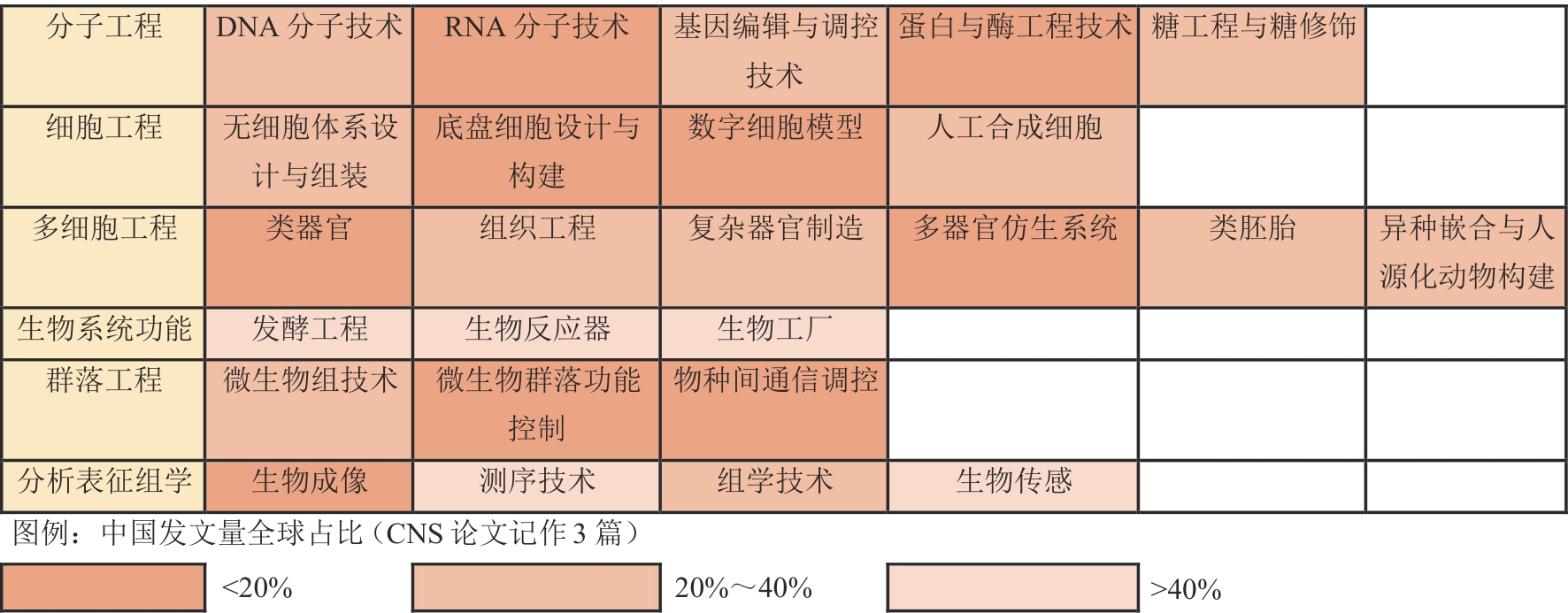
Fig. 4
China’s technology competitiveness matrix
Other Images/Table from this Article
|
